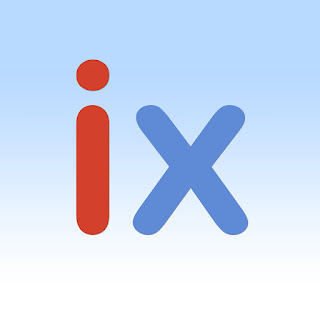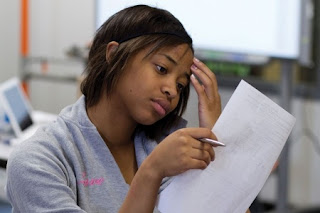What can teachers and students teach us about Project Based Learning?
Seven Essentials for Project Based Learning states, a project is meaningful if students perceive the work as personally meaningful and if the project fulfills the educational purpose. The seven essentials are:
- A Need to Know
- An "entry event" that engages students interest and initiates questions.
- A good driving questions includes the main idea for the project.
- Without the driving question, students will not understand the purpose for the project.
3. Student Voice and Choice
- "Teachers should design projects with the extent of student choice that fits their own style and students."
4. 21st Century Skills
- A project should give students the opportunity to build skills like collaboration, use of technology, communication, and critical thinking.
5. Inquiry and Innovation
- Students find projects more meaningful if they are able to follow a trail that begins with their own questions and are able to search for their own results to find a conclusion.
6. Feedback and Revision
- Emphasizes that high-quality and performances are important.
7. A Publicly Presented Product
- Students care more about the quality of their work when it is presented to an audience.
Project-Based Learning for Teachers defines Project-Based Learning as students taking charge of their learning. PBL has students working for an extended period of time answering a driving question. These questions require students to complete an end product to share their learning with others. PBL enhances students:
Ten Sites Supporting Digital Classroom Collaboration in Project Based Learning are tools that can enhance the PBL experience. It is important to allow students to network while immersed in PBL. This includes student to student collaboration and communication, student to teacher, and even student to expert.
These ten sites are:
- Collaboration Skills
- Communication Skills
- Critical Thinking Skills
- Career and Life Skills
- Having a purpose
- Addressing an audience
- Crafting a driving question
- Identifying learning standards
- Creating a rubric
- Grouping students
- Brain storming branching questions
- Meeting deadlines
- Focusing on the process
- Reflecting the end product
Ten Sites Supporting Digital Classroom Collaboration in Project Based Learning are tools that can enhance the PBL experience. It is important to allow students to network while immersed in PBL. This includes student to student collaboration and communication, student to teacher, and even student to expert.
These ten sites are:
- Titan Pad
- Wall Wisher
- Cordboardme
- Google Docs
- Microsoft Live
- Today's Meet
- Will You Type With Me
- Linoit
- Skype in Education
- Quick Screen Share
Project Based Learning and Physical Education states that PE can be a place where relevant and authentic learning can occur. PBL can show how valuable PE can be . PBL give students a problem or challenge that they must explore and solve. Standards-based instruction creates a need-to-know in students. They are able to see why they are learning while they are learning. Students can see the relevance for their learning PE through the task of a PBL project.
"You must give up power in order to empower your students; empower them in their physical education"
PBL-High School Math a teacher said that having PBL in the classroom is helping teachers overall. English and math are subjects that people do not really think about having projects. One student stated that applying PBL in the classroom changes your perspective on what that subject is and what it entails, You can see how you can use the subjects you are learning for your future and for the rest of your life.
Each group of teachers work together to design functions for PBL. The teachers want to make sure they do not lose any content within their course and enrich the course with projects. PBL is not going to look the same in every class. PBL helps students to focus more and engage in math.
"You must give up power in order to empower your students; empower them in their physical education"
PBL-High School Math a teacher said that having PBL in the classroom is helping teachers overall. English and math are subjects that people do not really think about having projects. One student stated that applying PBL in the classroom changes your perspective on what that subject is and what it entails, You can see how you can use the subjects you are learning for your future and for the rest of your life.
Each group of teachers work together to design functions for PBL. The teachers want to make sure they do not lose any content within their course and enrich the course with projects. PBL is not going to look the same in every class. PBL helps students to focus more and engage in math.













